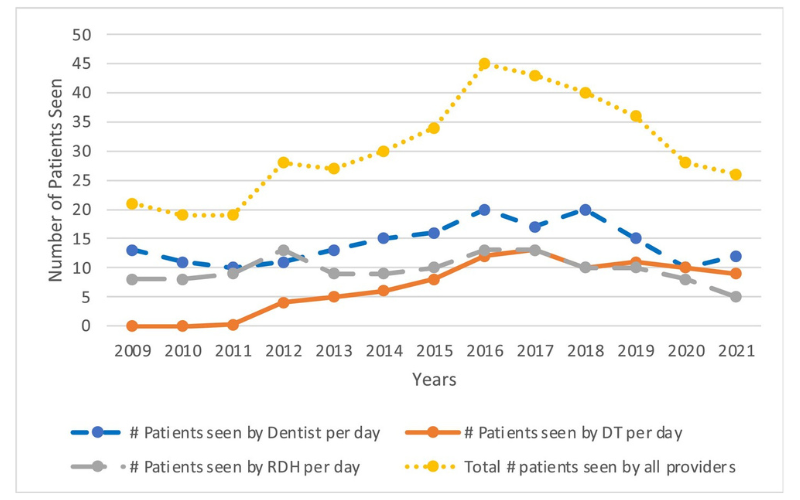New Options in Dental Care
Dental therapists may help alleviate dental care shortages by providing basic treatments, allowing dentists to care for more complex cases.

Read Time: 2 minutes
Published:
For many of us, going to the dentist is a nightmare. Still, most would rather deal with the anxiety of sitting in the dentist’s chair than not be able to access dental care at all. Lack of access is the reality for 59 million individuals living in dental health shortage areas. These areas are often rural.
Dental therapists, a relatively new type of oral health professional, may alleviate this shortage. Under a dentist’s supervision, these licensed providers conduct dental exams and provide basic treatments, like fillings, sealants, and extractions. Their job is to free dentists to care for complex cases.
The Children’s Dental Services of Minnesota has involved dental therapists in their practice since 2009, the year in which the profession was accredited. This program serves rural and low-income children and their families via brick-and-mortar and mobile health clinics. Mishal Khan and colleagues calculated the average number of patients served by each dental professional and by all providers within the program. The researchers used electronic health records dated between 2009 and 2021.

The graph above shows the average number of patients seen by dentists, dental therapists (DTs), and registered dental hygienists (RDHs) each day. The authors explain that the program implemented mobile clinics into their practice in 2014. The number of patients seen grew quickly starting that year and peaked between 2016 and 2017 (shown in yellow). Patient visits decreased, however, at the start of the COVID-19 pandemic and have not rebounded.
The number of patients seen by dental therapists (shown in orange) increased until 2017, then plateaued. Dentists show reduced patient load. They were likely able to see fewer patients and focus on complex care.
Since there are only 165 licensed dental therapists in the United States and they can only practice in 14 states, it is unclear how effective their practice would be at a larger scale. After seeing the positive impact of these providers in Minnesota, the authors suggest that policymakers expand the scope of practice and licensing for dental therapists to support rural communities.



